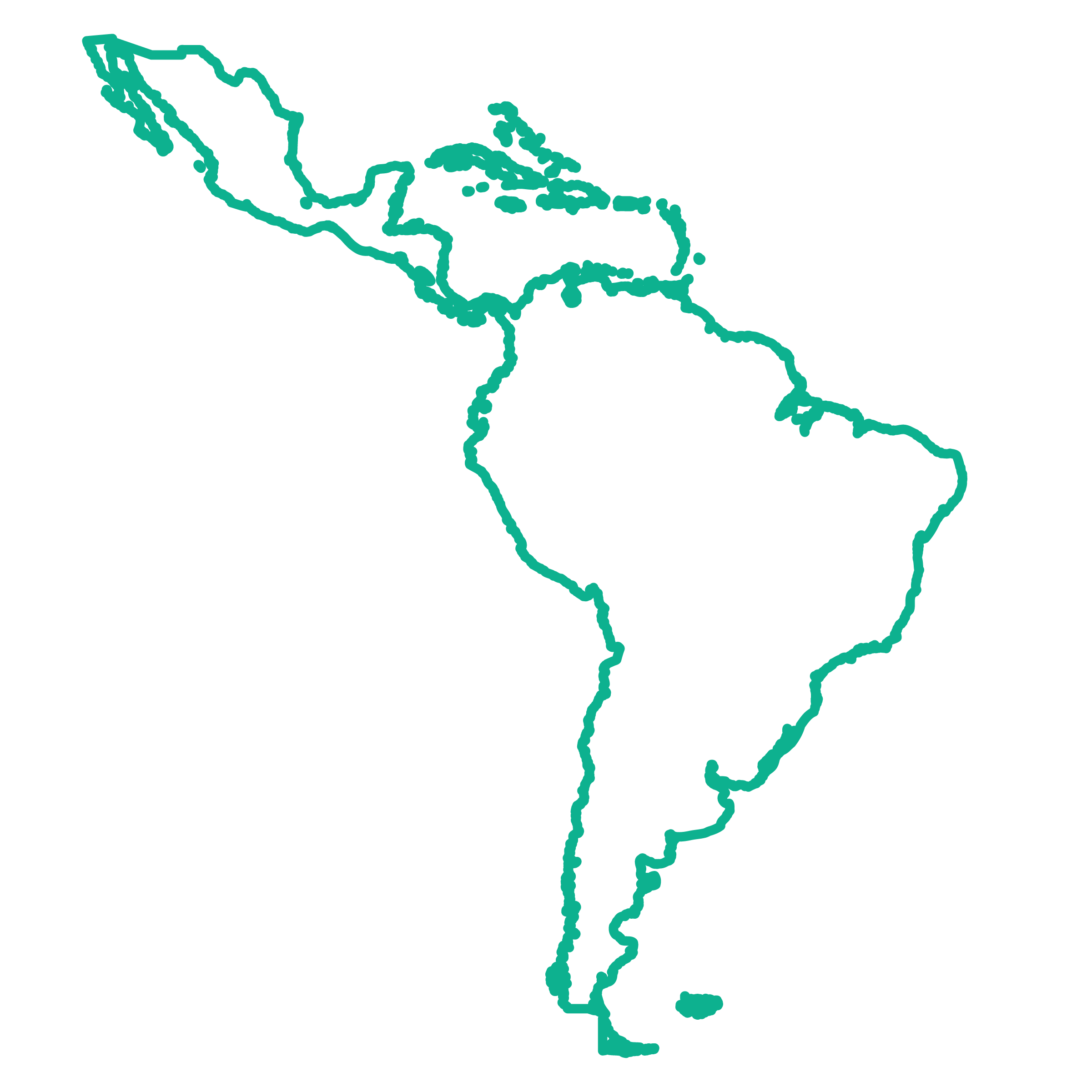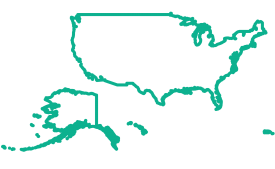Brands across the world are coming together to tackle the global phenomenon of food waste, as discussed in Mintel’s 2017 Global Food and Drink Trend ‘Waste Not.’ As more retailers, restaurants and philanthropic organizations address the sheer amount of food and drink that is wasted, consumer behaviors are also gradually changing.
Here, Mintel’s expert analysts shine a spotlight on the issue of food waste in the Americas to assess the implications for companies and brands.
Carli Gernot, Manager of Trends, North America
Mintel examines the issue of food waste through the lens of Mintel Trend ‘Hungry Planet,’ which looks at waste of all kinds including food, water, energy and all natural resources. At the intersection of wastewater and food waste, brands in North America are making a concerted effort not only reduce waste, but to make use of waste material. A wastewater treatment plant in Modesto plans to sell its highly treated wastewater to Californian farmers, while the Trashed and Wasted event in Toronto featured chefs, brewers and distillers making use of waste.
Similarly, consumer products have been developed to assist in at-home efforts, as well as food service campaigns to fight waste. Whirlpool launched the Zera Food Recycler, which turns food scraps into ready-to-use, homemade fertilizer. In honor of Earth Day this year, Feeding America launched MealConnect, which connects businesses with food banks to help restaurants, grocery stores, etc. decrease food waste and end hunger.
We see regulations and collaborative initiatives following suit. A school in Toronto has banned juice boxes from students’ lunches in a move to reduce sugar consumption and trash. PepsiCo has announced its commitment to the New Plastics Economy initiative, which aims to reduce packaging waste. Three in five Canadians and two in three Americans say they would be interested in packaging that keeps food fresh longer, indicating this issue is important for a majority of consumers (Mintel’s Vegetables and Fruit Canada and Food Packaging Trends US reports).
Brands and marketers focused on reducing waste and coming up with solutions that help individuals do the same are bound to enjoy increased attention from interested consumers. Developing apps or platforms that enable sharing or that identify local recycling or donation services can be great ways for companies to leverage the concern people express over food waste. Highlighting corporate policies which address food waste is another effective way to communicate commitment to this issue.
Graciana Méndez, Trends Analyst, Latin American Region
Consumers across Latin America are showing a growing awareness of the impact of their own actions, including the amount of trash they produce. Mintel’s report on sustainable lifestyles in Brazil found that three in five Brazilians say they purchase sustainable, environmentally friendly products because they do not like to waste.
Governments in the region are not only raising awareness of food waste, but also incorporating it into their agendas, and brands are starting to align with new legislation and bans. The Peruvian Congress has approved a new law which will make the discarding of unsellable food illegal, while Argentina’s Ministry of Agricultural Industry has launched a handbook dedicated to tackling food waste. Peru-based supermarket chain Tottus has teamed up with the Food Bank of Peru to donate food to vulnerable populations.
Now that food waste is becoming a more publicly acknowledged problem, Latin American consumers are looking to brands to make a difference. A number of brands are tapping into this issue to raise brand awareness and win consumer trust. Rio de Janeiro-based supermarket SuperPrix has launched the campaign “Appearances can be deceiving,” which offers ugly produce at discounted prices and donates a share of the proceeds to a local NGO. Other brands in the region are launching innovative new concepts to curb wasteful habits and help those in need. Several food and foodservice companies in Colombia have teamed up to create a placemat which can be turned into a doggy bag in a bid to cut food waste and to encourage consumers to give their leftovers to people in need.
What is considered food has changed in modern society and food today can be ugly, trash, bugs or AI-sourced – and still be highly nutritious. Brands would do well to take notice and react as this new trend will bring many opportunities ahead.
Jenny Zegler, Global Food and Drink Analyst
Environmentally friendly packaging materials are the focus of the majority of new food and drink products released in North and Latin America that mention “waste” (Mintel Global New Products Database, July 2016-July 2017). While eco-friendly packaging is a worthwhile sustainability commitment, one emerging opportunity noted by Mintel’s 2017 Global Food & Drink Trend ‘Waste Not’ is to formulate products with resources or ingredients that might otherwise go to waste. The Stone Brewing and Ballast Point breweries in San Diego, California, have experimented with brewing using recycled local water that had been filtered and processed.
The communication of repurposed ingredients is important so as to avoid any perceptions that products are made with ingredients that are impure, spoiled or “garbage-picked.” One way to reassure consumers is to tie to tradition, which is a tactic taken by manufacturers of animal-based products. For example, 4505 Meats in the US notes that its Chicharrones Fried Pork Rinds are fried in rendered pork fat for sustainable production. Similarly, General Mills subsidiary Epic Provisions complements its line of meat and poultry snacks with pork rinds and cooking oils that are said to use more of the whole animal.
Fruit and vegetable products also are making use of ingredients that might otherwise go to waste. Dried fruit snack brand Barnana is one noteworthy example because the product educates consumers on the safety of using blemished or “ugly” fruit as an ingredient. The back of Barnana’s packaging explains that the brand uses “sustainably grown organic bananas upcycled at the source.” The snack is made from bananas that are rejected because of imperfect-looking peels, but still have edible fruit inside. US brand Mavuno Harvest sells dried fruit snacks that the company notes helps its network of small African farmers sell 100% of their harvest.
Amanda Topper, Associate Director of Foodservice Research, US
As the issue of food waste expands, consumers and restaurant operators are starting to pay more attention. As Mintel’s 2017 US Foodservice Trend ‘Reduce, Reuse, Upcycle’ notes, restaurants are finding new ways to repurpose existing foods that would previously be discarded and are streamlining their menus, offering simplified choices that cut down on food waste and consumer decision fatigue. While using up ingredients to reduce food waste is not a new practice in the kitchen, the way restaurants and chefs are making this practice known to diners is new.
Operators are tackling the food waste issue with various methods. Some chefs are incorporating whole vegetables, similar to the ‘nose-to-tail’ approach used in animal food preparation, while others are streamlining menu items to focus on core offerings. San Diego’s Herb & Wood features a roasted baby carrots dish with pesto made from carrot tops, ensuring no part of the vegetable goes to waste, while both Applebee’s and Olive Garden have reduced the number of menu items they offer. Other restaurants, like True Food Kitchen, are growing their own herbs or vegetables on site, allowing them total control of what is grown and used.
The ‘ugly produce’ movement making waves in the US may influence diners to embrace dishes made with imperfect produce in restaurants. More than half of US consumers already are open to buying these items at retail according to Mintel’s US report on vegetables. Operators can upcycle these ingredients into juices, purees and sauces, but should be mindful about how, if at all, these ingredients are communicated on the menu. While award winning chefs like Dan Barber can get away with developing a menu made entirely with upcycled ingredients, diners may not be receptive to the idea of eating food scraps at any given restaurant.
Carli Gernot is the Manager of Trends North America at Mintel. She’s been contributing to the success of Mintel Trends since 2010, spotting trends and shifts in consumer behavior all over the world. Carli is responsible for creating content for global trends, North American and EMEA regions, as well as ensuring that North American consumer trend content is relevant and insightful.
Graciana Méndez is Mintel’s Trends Analyst for the Latin America region. She has worked as a trendspotter and content writer for over 10 years, in companies like The Futures Company and JWT Intelligence. Having lived in Argentina, Mexico and Brazil, Graciana has a multicultural approach to consumer insights, as well as consumer and social trends.
Jenny Zegler is the dedicated trends analyst on Mintel’s Food & Drink platform, blending Mintel Trends expertise with food and drink specific topics, such as health and wellness, formulation, sustainability and premiumization. In addition to contributing analysis to Mintel Food & Drink, Jenny has been part of the team that creates Mintel’s annual cross-category trends since 2014.
Amanda Topper is the Associate Director of Foodservice Research, responsible for overseeing all of Mintel’s foodservice offerings, as well as providing insight and competitive analysis across scheduled deliverables, and client and industry presentations. She was previously a Senior Analyst specializing in the retail food industry.












































